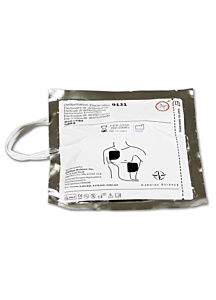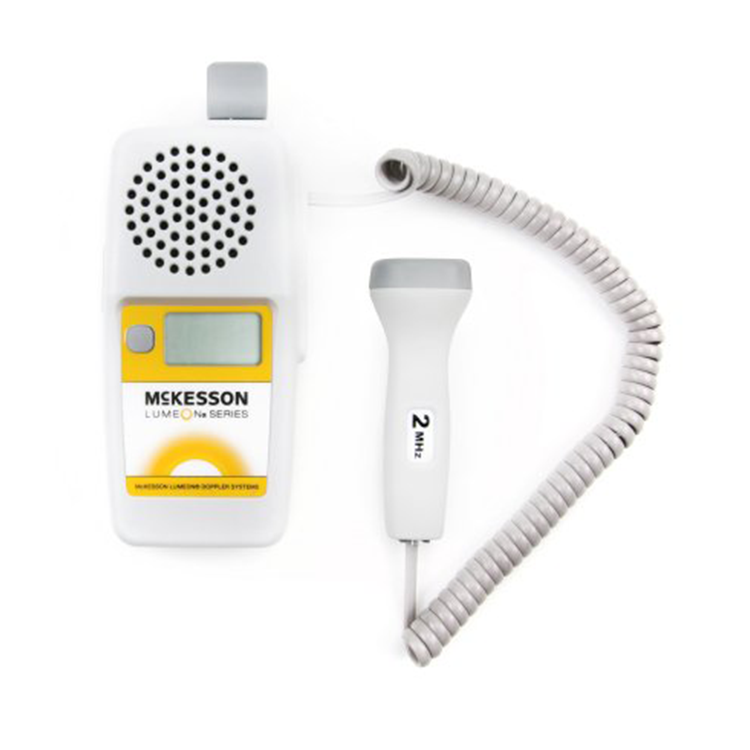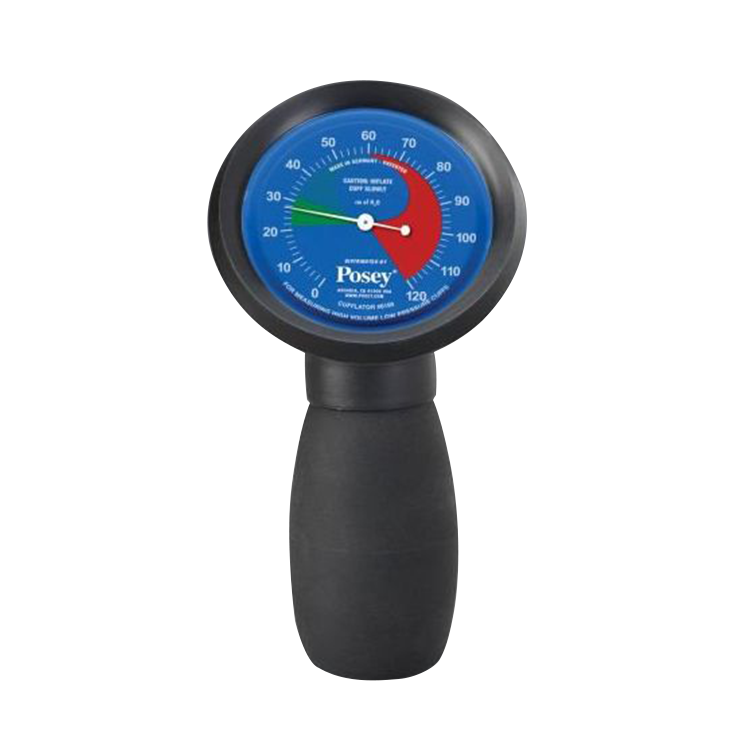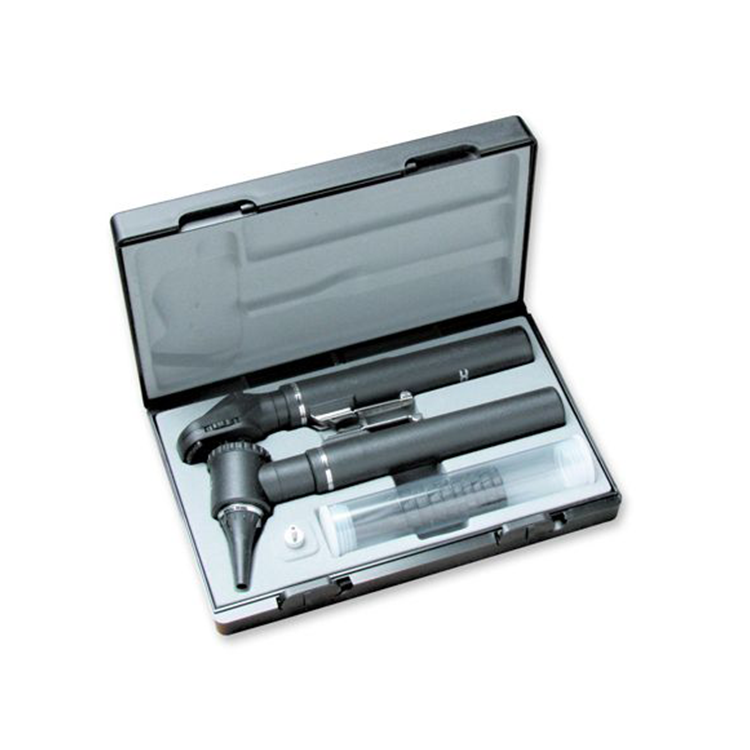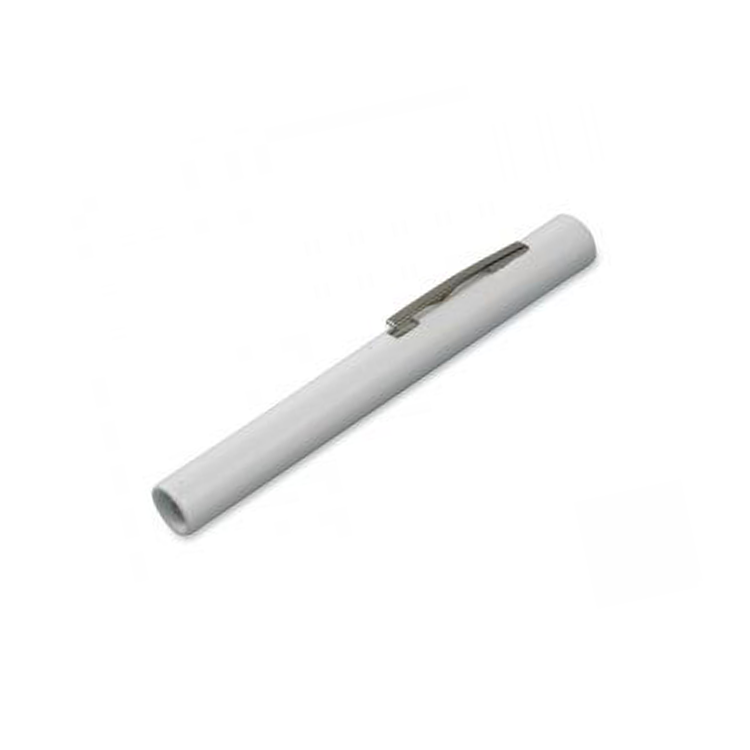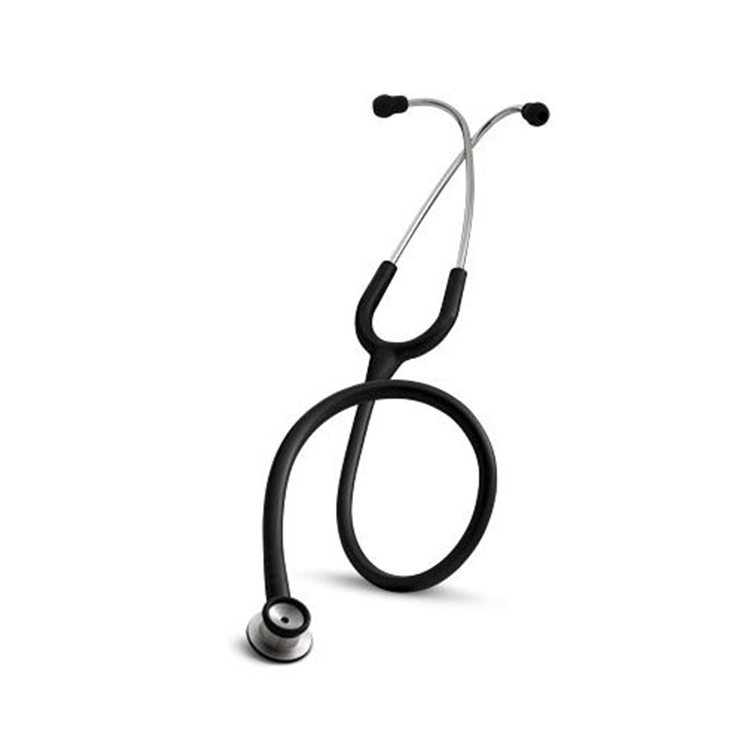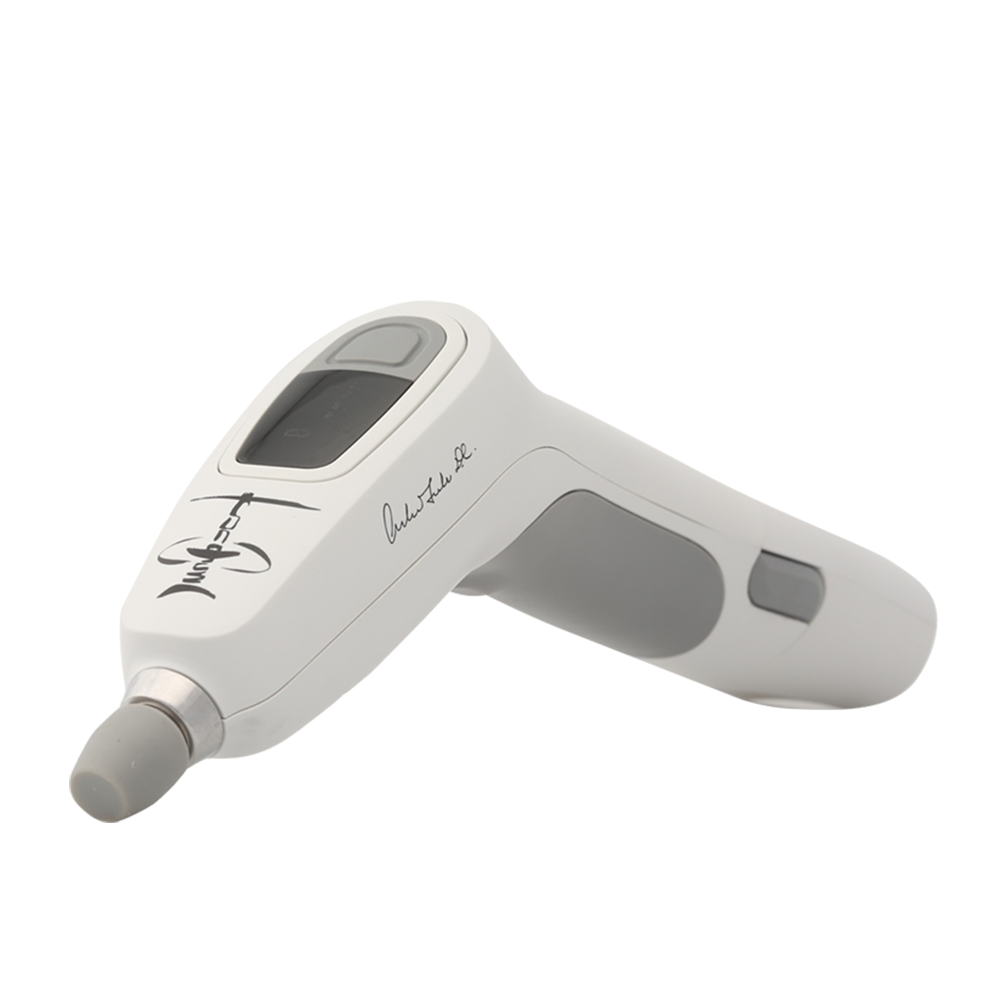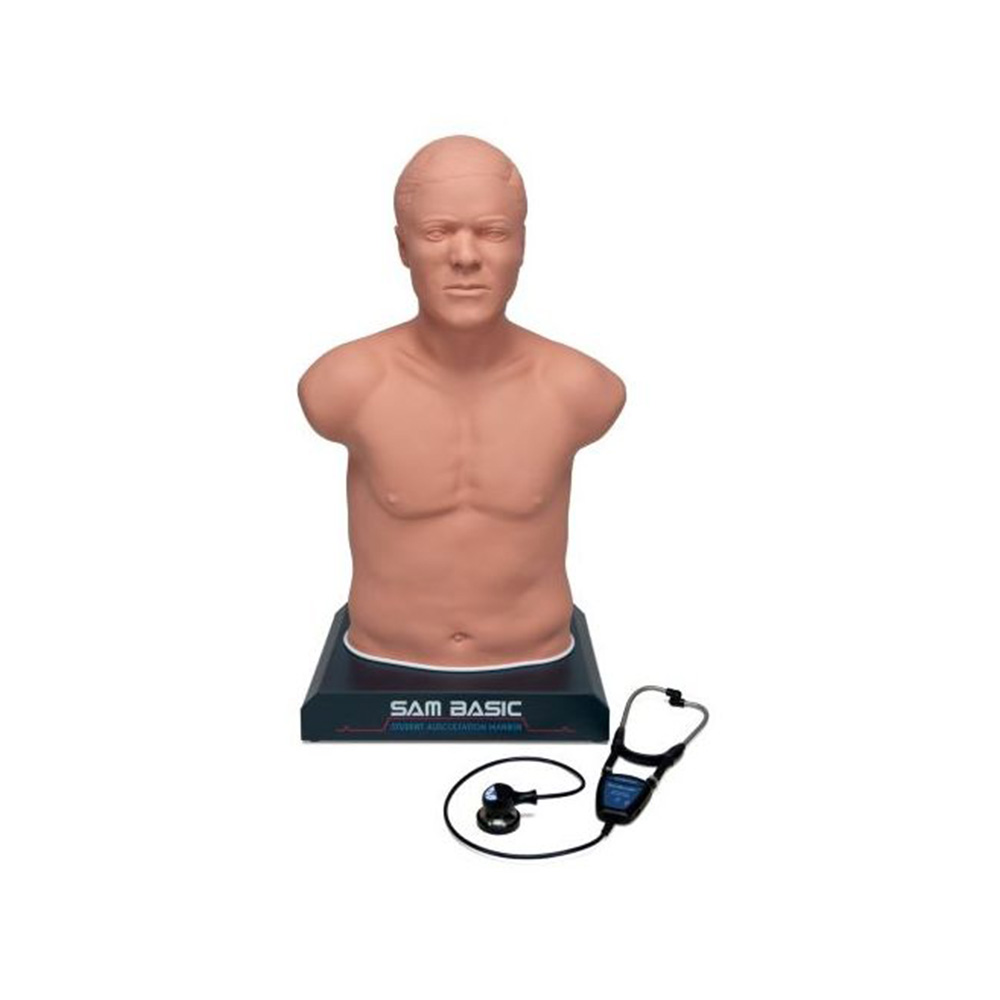AED Machines
What is an Automated External Defibrillator?
Defibrillators give a shock to the heart (and you"re to blame) in order to get it beating again. Defibrillators have been shown in movies and television and people often associate the word Defibrillator with a paramedic using two big paddles to shock the life back into somebody.
An Automated External Defibrillator (AED) uses the same concept, but is fundamentally different. Instead of using big paddles to deliver the shock, the user would place two electrode pads on the patient"s chest. The Automated External Defibrillator will then read the patient"s heart rate and make the decision as to whether or not a shock is needed. Some models will provide the shock automatically after giving a warning of the impending shock, while other models will require the operator to press a button to deliver the shock. It is possible that the first shock will not bring the heart rate back to a ready rhythm. If this happens, a second or third shock may be necessary in order to get ready heart rhythm. If the patient still does not respond by the third shock, cardiopulmonary resuscitation (CPR) should be used until medical professional arrive. Prior to using an Automated External Defibrillator, emergency medical professionals should be called (typically 9-1-1). The Automated External Defibrillator is meant to give the patient the best chance of surviving a heart attack or other such conditions which slow or stop the heart.
What is the difference between an Automated External Defibrillator and the defibrillators used by doctors?
The manual defibrillators (the ones with the large paddles) require training and are only used by trained medical professionals. The Automated External Defibrillator is meant to be used by anybody with a minimal amount of coaching/training. They are located in large public places, such as malls, airports, stadiums, etc. Automated External Defibrillator often will use audible or visual cues to instruct the operator how to use it.
Phillips HeartStart Home Defibrillator
HeartStart offers a Defibrillator Trainer Cartridge that works with the live Onsite or Home AED. They offer two separate training cartridges: one for adults and one for children. Each module has a guide to show proper pad placement and how to use an Automated External Defibrillator. The HeartStart Trainer Cartridges also comes with one set of self adhesive pads. The Children"s HeartStart is meant for children 8 years and younger or weighing under 55 pounds. This also means that is the patient is over 8 years old or weighing more than 55 pounds, that the Adult HeartStart would be the appropriate product.
The Adult HeartStart Trainer Cartridge instructs the operator how to use two pads on the chest to administer the shock. The children"s HeartStart Trainer Cartridge instructs the operator to adhere one pad on the chest of the child and one on the back.
As a recap, defibrillators are helpful when a patient has suffered a loss or slowing of their heart rate. However, the effectiveness diminishes over time. That is why defibrillators are often used in conjunction with CPR.


